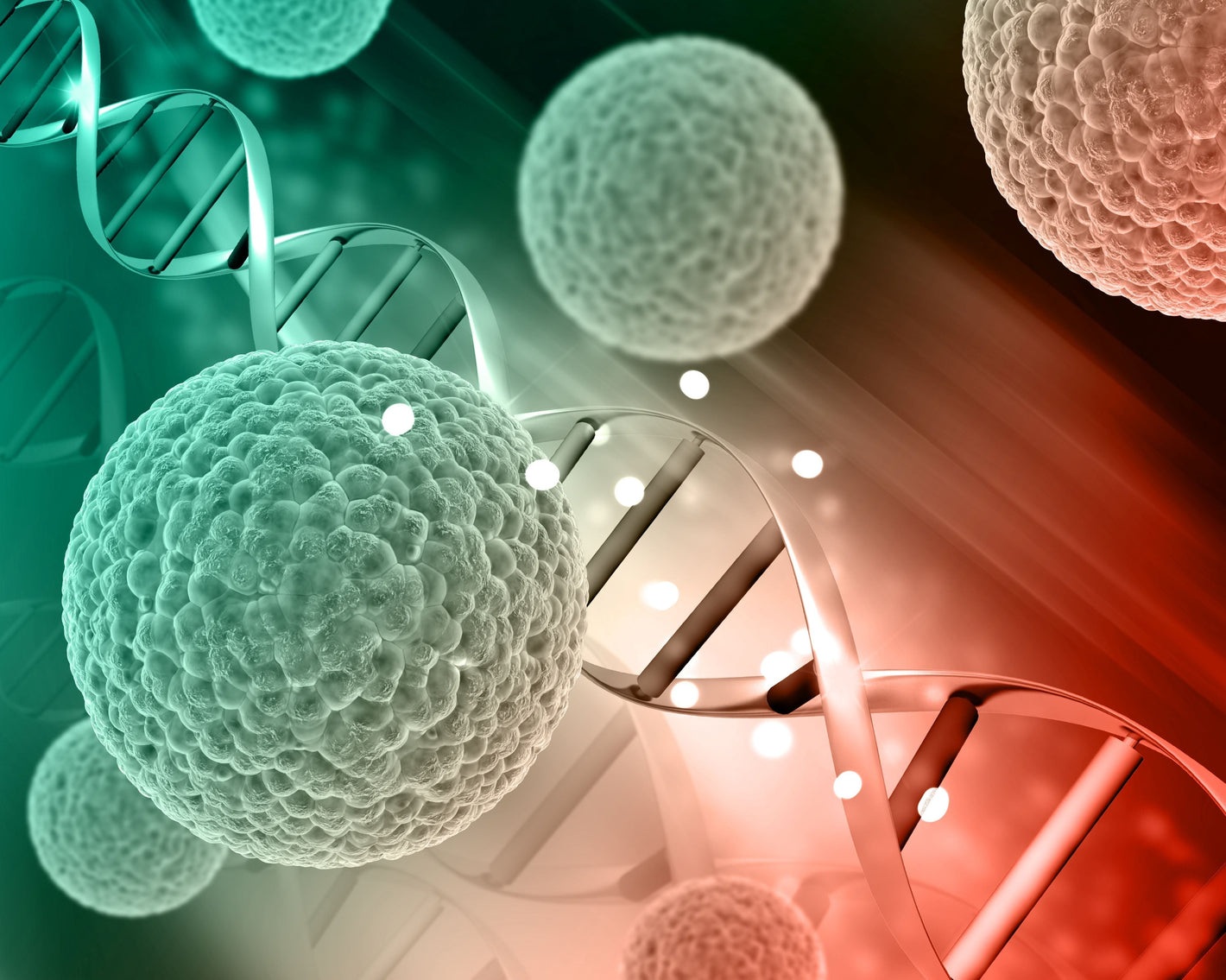What Level of Eosinophils Indicate Cancer?


Eosinophils are a type of white blood cell that make up a tiny portion of the white blood cells in the bloodstream. Like other white blood cells, it also plays a role in defence mechanisms and protects the body during times of active infections and inflammations. In the article below, we will discuss eosinophils in detail, along with understanding their relationship with certain cancers.
Eosinophils are a type of white blood cell produced in the bone marrow and later sent to the bloodstream upon maturation. The main role of eosinophils is to fight off parasitic infections and allergic reactions. In these two states, the eosinophil levels that were previously making up only a tiny portion of the total white blood cells now rise to noticeable quantities.

Microscopically, eosinophils can be viewed on blood smear with the help of eosin dye. Its nucleus is bilobed that retains the eosin dye and characteristically appears as an emoji that has worn sunglasses. The normal count of eosinophils on complete blood count (CBC) test is somewhere between 1% to 5% per ml of blood sample. The levels of eosinophils elevated and over 1% to 5% per ml of a blood sample is a condition called eosinophilia.
Eosinophils are based on small quantities in bloodstream, but certain medical conditions often lead to raised levels of eosinophils, also known as eosinophilia. Enlisted below are some of the causes of increase in total eosinophil count.

It is the most common cause of eosinophilia all over the globe. During an allergic reaction, eosinophils levels are elevated that induces the release of histamine from mast cells. Histamine mediates and potentiate the inflammatory and allergic reaction towards the antigen to fight off the possibility of damages. Common allergies in which eosinophilia occurs include hay fever, asthma, and eczema.
Individuals with an ongoing parasitic infection often has elevated levels of eosinophils in their blood. Helminthic infestation is most associated with eosinophilia. Moreover, parasitic infections such as filariasis and ascariasis in individuals from tropical regions of the world also has elevated eosinophils.
Autoimmune disorders are chronic health conditions in which the total white blood cells count is elevated and consumes the body itself, instead of fighting off the foreign infections and allergies. As the rest of white blood cell lines increases, the eosinophils levels are also elevated in individuals with autoimmune disorders such as rheumatoid arthritis (RA) and systemic lupus erythematosus (SLE).
Cancers, particularly those of blood (haematologic cancers) often lead to elevated levels of eosinophils. Cancers of the blood and bone marrow often has significantly elevated levels of eosinophils on complete blood count (CBC) test.
The link between eosinophilia in the presence of cancer is complex and poorly understood. Elevated eosinophils in the absence of an underlying parasitic or allergic reaction is a useful marker for detecting blood cancers. Enlisted below are some theories given by the scientists to understand the link between eosinophilia and cancers (both haematologic and those due to solid tumours).
Studies suggest that eosinophils may have a contribution in either inhibiting or promoting the growth and propagation of tumour. Eosinophils release cytotoxic granules upon stimulation contain cytotoxic chemical constituents aimed at the tumour mass to destroy it and deplete its growth. On the other hand, it is also loaded with growth factors that may potentiate the growth of tumours and increase its blood supply by actively forming new blood vessels (angiogenesis) with the released growth factors (vascular endothelial growth factors – VEGF). Thus, it has both antitumorigenic and pro-tumorigenic roles.
Tumour-Associated Eosinophilia (TAE) is the phenomenon of recruitment of eosinophils to the site of tumour upon receiving signals from the cytokines and chemokines released by the tumour mass. it is studied in two groups that is Tumour-Associated Tissue Eosinophilia (TATE) and Tumour-Associated Blood Eosinophilia (TABE). It occurs in various types of cancers such as Hodgkin’s Lymphoma and Non-Hodgkin’s Lymphoma.
Paraneoplastic Syndromes are a group of disorders and symptoms that occur because of immune system’s reaction to a particular or multiple ongoing cancerous phenomena. In such cases, elevated eosinophils occur particularly in association with haematologic cancers, called paraneoplastic eosinophilia.
Enlisted below are some of the cancers that are most associated with elevated levels of eosinophils in bloodstream.

CML is a gradually progressing haematological cancer. It usually occurs during or after middle age and involves overproduction of the myeloid blood cell lines, that includes eosinophils.
ALL is another haematological cancer that occurs when there is overproduction of white blood cells (lymphocytes). ALL is the most common type of leukaemia in children that affects B-Cells or T-Cells (types of lymphocytes). Some cases of ALL may present with eosinophilia as well due to cytokine signalling pathway that assembles the eosinophils.
Observing eosinophilia in a case of Hodgkin’s Lymphoma is a common occurrence. Nodular sclerosis is a subtype of Hodgkin’s Lymphoma in which Reed- Sternberg cells cause production of the IL-5 cytokine to enhance the yield of eosinophils and summon it to the site of tumour through the cytokine signalling pathway.
Solid tumours of the lung cancer or colorectal cancer also cause eosinophilia by releasing certain kind of factors that attract eosinophils.
For individuals concerned about hormone-sensitive cancers or immune-driven changes, tests like the Advanced Thyroid Function Blood Test can provide deeper insights into potential thyroid-driven oncologic risks.
It is crucial to go for further health investigations in cases of eosinophilia in an individual that has no explanation, i.e., there is no sign of underlying parasitic or allergic reaction present in that individual. In cases when cancer is suspected, a detailed medical history and examination along with investigations are the absolute necessity to understand the root cause of eosinophilia and make differentials before the condition worsens. Enlisted below are some of the diagnostic efforts to reach the possibility of cancer in unexplained eosinophilia.
For those undergoing investigation for possible blood cancers, pairing your CBC with targeted hormone assessments like the DHEA Sulphate Blood Test may offer additional insights into hormonal contributions to abnormal blood cell production.
Welzo offers full access to diagnostic tools to help you better understand eosinophilia and its root causes. Whether you're tracking immunity, inflammation, or underlying risk factors, start with our curated test collections:
All Health Tests Collection – A full range of blood and diagnostic tests to monitor health.
All Nutrition & Intolerance Tests Collection – Ideal for allergy and sensitivity-related eosinophilia.
What is the treatment of elevated eosinophils in cancer?
The treatment of elevated eosinophils in individuals with cancer aims at treating the underlying malignancy. A comprehensive and successful treatment plan with regular follow-up in cases of cancer often normalises the levels of eosinophils as well. The treatment options for haematologic and solid tumours may include chemotherapy, radiotherapy, immunotherapy, targeted therapy, and surgical approaches. Steroids may also be advised in cases where eosinophilia in cancer is causing symptoms or complications such as fever, night sweats, chest and stomach pain, rash, and weakness.
Is it possible that diet and lifestyle changes influence the levels of eosinophil in patients with cancer?
Yes, lifestyle changes and appropriate diet indirectly influences eosinophil levels in patients with cancer. Incorporating foods in diet that have anti-inflammatory properties such as fresh seasonal fruits, vegetables, whole grains, and fatty fish reduces the inflammation in the body and lowers the previously elevated levels of eosinophils. It is important to note that diet alone may never give complete results and the said dietary changes aims only at the attempt to drop the levels of eosinophils and relieve the symptoms of eosinophilia in patients with cancers.
Eosinophils are small but powerful immune cells that act as defenders during allergic reactions and parasitic infections. However, their persistent elevation—particularly in the absence of an obvious trigger—can serve as an important red flag for underlying conditions, including cancer. While eosinophils may help fight cancer cells, they can also aid in tumor growth under specific conditions.
Understanding the link between eosinophilia and cancer requires a combination of lab tests, imaging, and sometimes genetic investigation. Early detection remains the best defense. Want to check your eosinophil levels at home? Order your Full Blood Count Blood Test today from Welzo and take proactive control of your health.








Plus get the inside scoop on our latest content and updates in our monthly newsletter.